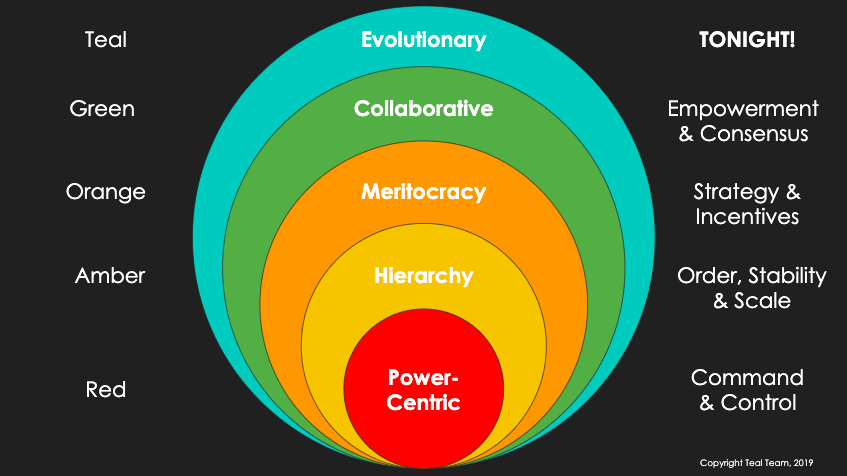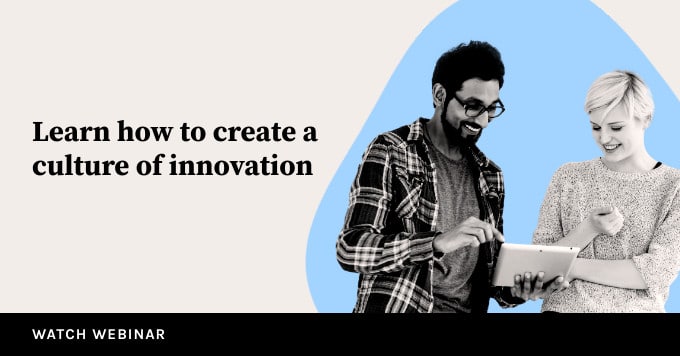Do you know what is a teal organization? What color is your business? We’re not talking about your most recent rebrand or whether the shirts you give away at conferences are orange, but rather, how you fit into the evolutionary hierarchy Frederick Laloux wrote about in his 2014 book, Reinventing Organizations. In it, Laloux groups organizations into broad but meaningful categories, moving from ones that are power-centric to ones that are a bit more open-minded and modern:
Red organizations revolve around powerful cliques and executives who issue edicts the rest of the organization dutifully follow. As we move to cooler shades, organizations behave less like strict autocracies and more like benevolent democracies, until we arrive at Teal Organizations, the sorts that Laloux believes are uniquely positioned for success.
Teal organizations empower their employees. They work through consensus, agility, innovation, and collective intelligence. They value, much as we do here at Lingo Live, authenticity and bring your whole self to work. They ask for employees to buy in and they buy in to their employees. They’re the sorts of places Henry Ford might hate but the rest of us love.
Last week, we invited an eclectic group of L&D and D&I leaders to Lingo Live for a chat about just those kinds of organizations. That group was, aptly, named the Teal Team. We had a lovely evening of networking, learning, and tiny sandwiches and are happy to share some of the materials from the night and a few things we learned.
First off, who are the Teal Team? One of the members, Julia Markish, joined us for a webinar a few months back. We also had the pleasure of hosting Marcus Erb, Jay Newman, Ed Frauenheim, Newt Bailey, Jessica Rohman, Matt Spaur, and Paul Thallner. Listing all their bona fides here would turn this blog into a novella, but suffice it to say: they knew their stuff. (If you missed the blog posts they sent us last time, do check those out: here’s one of teal leadership in the workplace and another about widespread education.
The fundamental concepts behind the teal approach are fairly basic but extremely powerful. And it was nice to notice that a lot of our clients are in fact either teal organizations or practice key components of those types of companies. Essentially, it’s all about treating everyone in your organization as a crucial part of a collaborative team, caring about them and their input, and reaping the benefits of happier, more unified, more cooperative business. Teal orgs also have a purpose beyond strictly profit and distribute power instead of nesting it in the C-suite. The analogy they used was this: think less of folks as cogs in a machine but organisms in a coral reef–both systems require the parts to move seamlessly to function at their best, but reefs are diverse and interconnected. You can’t just replace a broken gear. Also, machines don’t evolve. And if you aren’t evolving, your company isn’t long for the world.
The big question, of course, is how you get here. We’d say to think incrementally and personally. If teal organizations are communal, how can you yourself bring teal concepts into your business? Can what you do affect others and help them evolve in a similar way? Can you run meetings in a more collaborative way that increases buy-in and consensus? Can you mentor a colleague? Can you make anyone there feel more heard and valued? Every single one of these small things can make a big difference. They can be the domino that starts the chain. And even if they aren’t, you’re making your workplace a little more humane and a little more teal. That’s never a bad thing.


